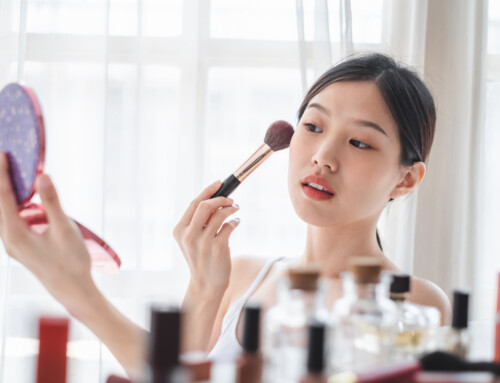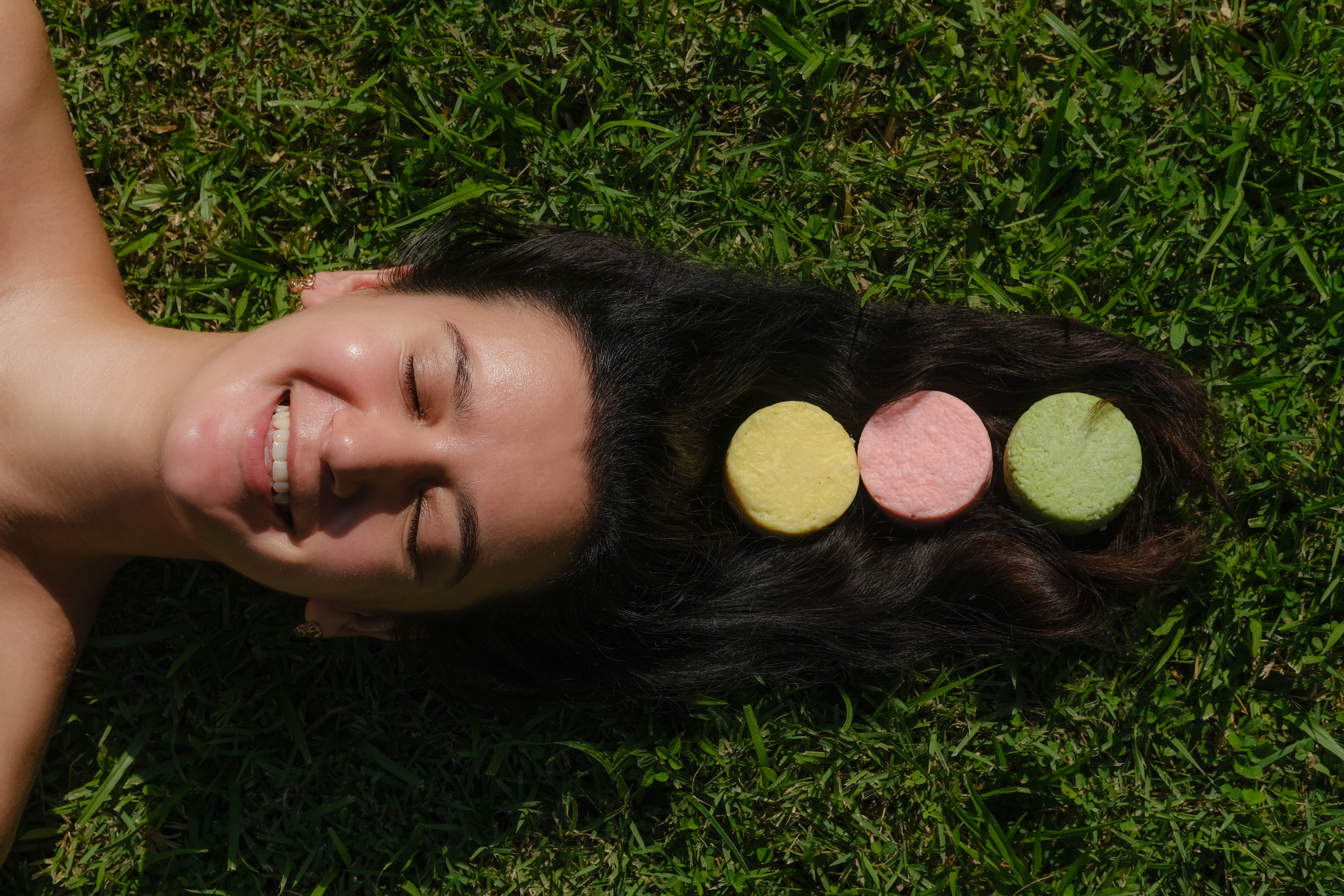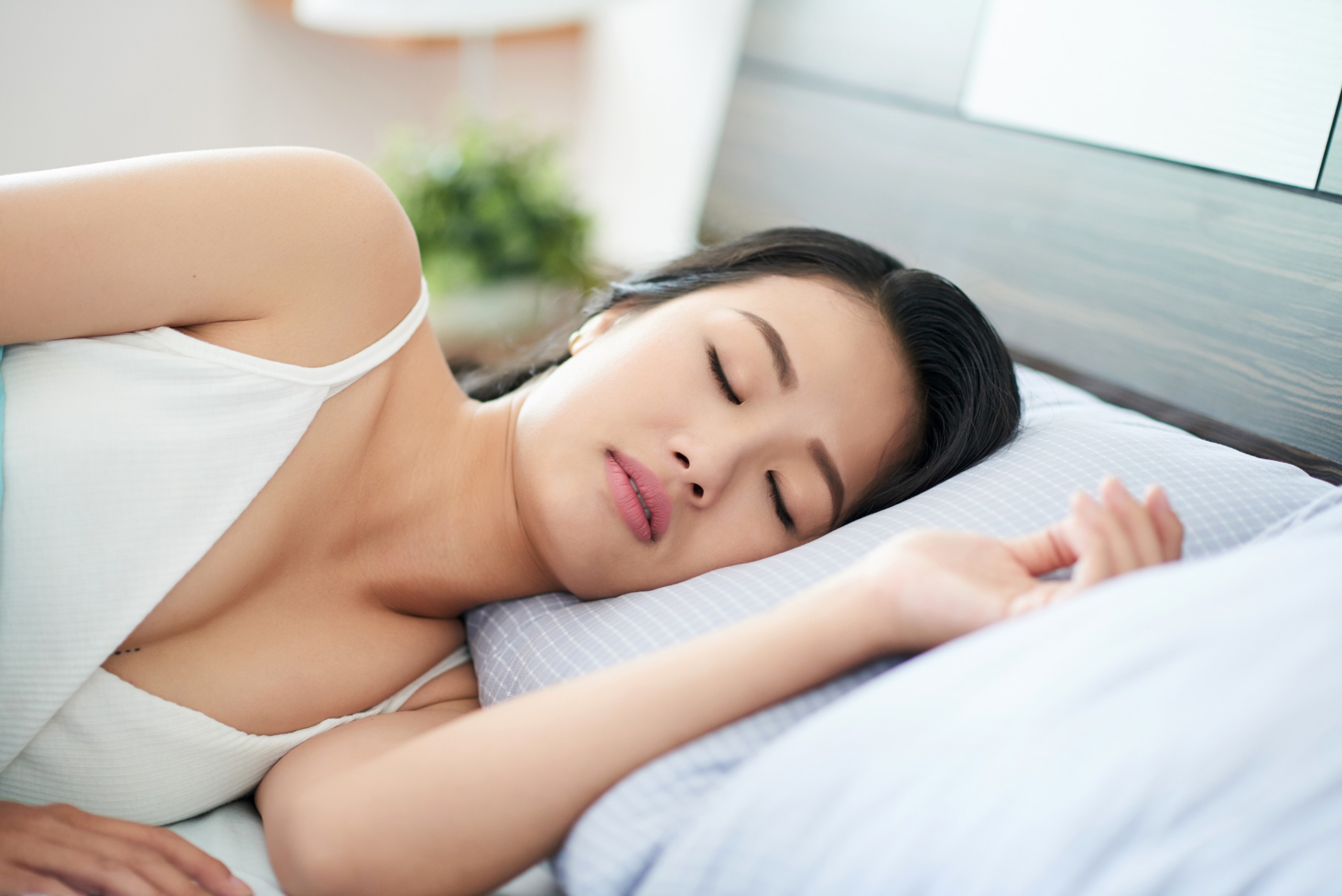Clean Beauty has become a bit of a Buzzword, and rightfully so, as this term has become a breakout search query on Google since October 2019, and is expected to generate $25 billion dollars by 2025. But, the definition isn’t as squeaky clean as consumers would like it to be. So, what is it that they are really looking for?, what is their definition of “clean”?, are they even sure?. Let’s strip it down.
Clean Beauty Has a Bright Future According to Google
- “Clean Beauty Concepts” – breakout search term for 2019-2020
- “Best Clean Beauty Brands” – 300% increase in 2020
- Top States include Texas, Florida, and California
We are here to help you decide for your own brand, and what to include in your formulas, whether you are looking to fit within a retailers standard, and leave out their restricted ingredients, or promote your brand as an advocate for transparency. We are guiding you through the ins and outs of why ingredients become a part of the “toxic talk”, and how you can educate consumers on your ingredient labels and product efficacy.
Natural, Green, Clean, OH MY!
Although these buzzwords can seem intertwined, and are often combined, they shouldn’t be misdirected. Consumers expect that “Natural” formulations (meaning those with the claim of natural on the package), consist of ingredients that are sourced from nature, but there is no consensus on what concentration of ingredients must be naturally derived. With an increased interest in natural origin, products with “Natural” positioning has grown year over year (14% in 2019 alone), but a lack of governing to set restrictions for the label claim has made the category too broad.
With “Natural” being such an unregulated term, “Green” was formed. Green beauty has encircled more than just the ingredients being derived from nature, but also the sourcing of all components, and whether the formula as a whole is ethically sourced.
See our analysis and recommendations on sustainability here.
Moreover, Green Beauty saw the rise and label inclusion of many certifications such as organic, Eco-Cert, Cosmos, and NaTrue, which again, have their own set of standards, becoming too ambiguous.
So, where does clean beauty fit in? Clean beauty distinguishes itself by incorporating either naturally-derived, or synthetic ingredients that are safe for both, the consumer and the environment. With more and more consumers being focused on the wellness aspects of life, it’s not a surprise that products in the Clean beauty realm have now grown above 40% year over year. Based on this, what is “safe”?, and who is determining so?. Currently, retailers and private organizations are each driving the ingredient restrictions.
The “Is that so”, of the “No-No” List
Wondering if the industry is over criminalizing an ingredient, and what the safe alternative would be? You should, because consumers are. Nearly half of women who use beauty products say it is important to understand the ingredients used in them. Although more consumers are only using products that are free-from ingredients such as parabens, sulfates and phthalates, nearly half of women are researching products online prior to purchasing, with 82% reading ingredient labels when shopping!
We break down the more heavily restricted categories in this
Truth Seekers Guide.
Why Can’t Things be Simple? They Can Be Actually.
As much as consumers are concerned with what is not safe for them to use, they also want to know the good stuff!. Many consumers are opting for ingredient lists that are simple, as close to the real thing as possible, understandable!. Greater ingredient transparency, education instead of a lack thereof. So, give them what they are looking for! These ingredients pack a multifunctional purpose to help you achieve the less is more approach without sacrificing performance:
Beauté by Roquette® DS 146: INCI – Cyclodextrin Sorbitol Polyglyceryl-3 diisostearate
Lamesoft PO 65: INCI – Coco-Glucoside (and) Glyceryl Oleate
ET-VC: INCI – 3-O-Ethyl Ascorbic Acid
These formulas were designed to keep the focus on the concept and the efficacy not on the scary buzz words.
Dive into our Clean Beauty Lab Formulas Here.
Don’t be Sensitive
Have you been called harmful or irritating? Ouch! That’s got to hurt, but customers tell it like it is and seeing how skin interaction is their number one concern. They aren’t afraid to speak up, because sometimes beauty isn’t pain. In fact, Hypoallergenic is the second most important claim in BPC products, only behind cruelty-free. As we know, consumers are researching and taking notice of what works for them and what doesn’t, driving the trends for personalization and DIY. Highlighting the mildness of ingredients in your formula, and using ingredients to help build the skin barrier can help to reduce milt interactions. Perhaps a mild base with customer picked “add-ins”.
Cetiol RLF: INCI – Caprylyl Caprylate/Caprate
Hemp Products – contains Omega 3, Omega 6 and Omega 9 essential fatty acids which provide anti-oxidant and anti-inflammatory benefits













Leave A Comment
You must be logged in to post a comment.